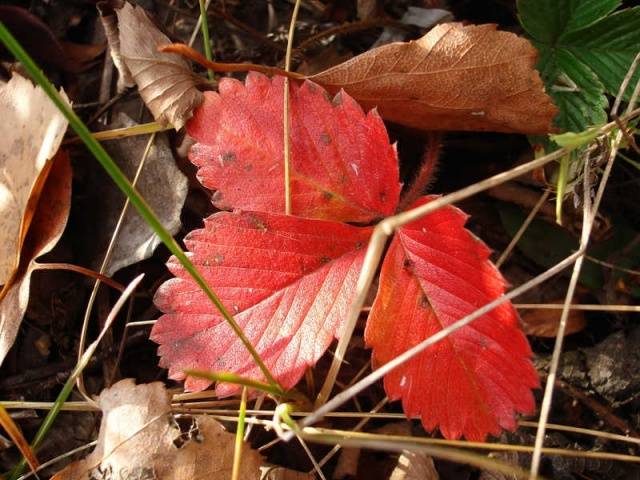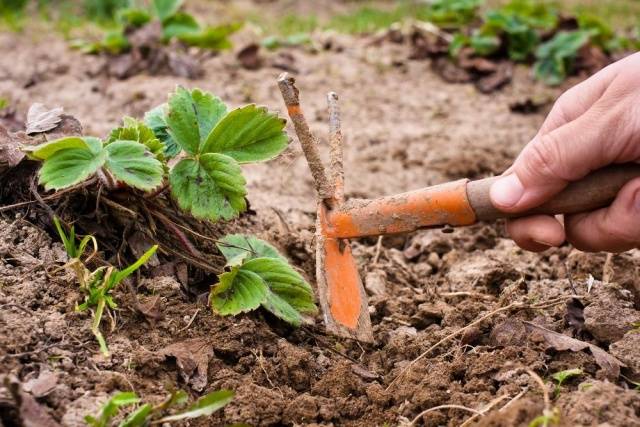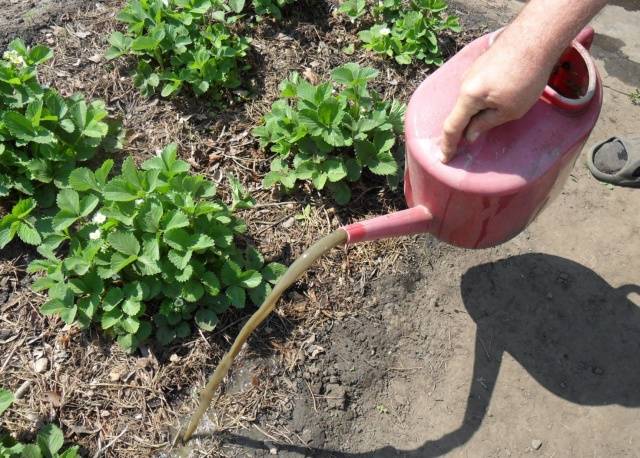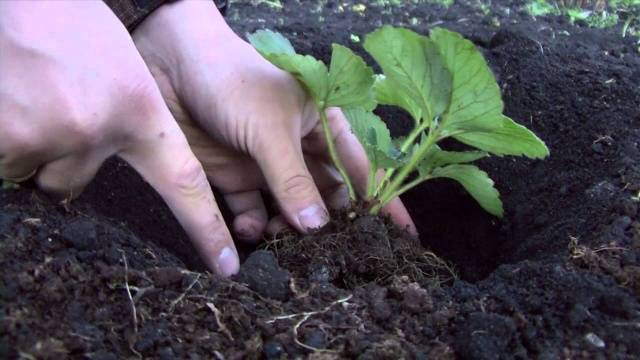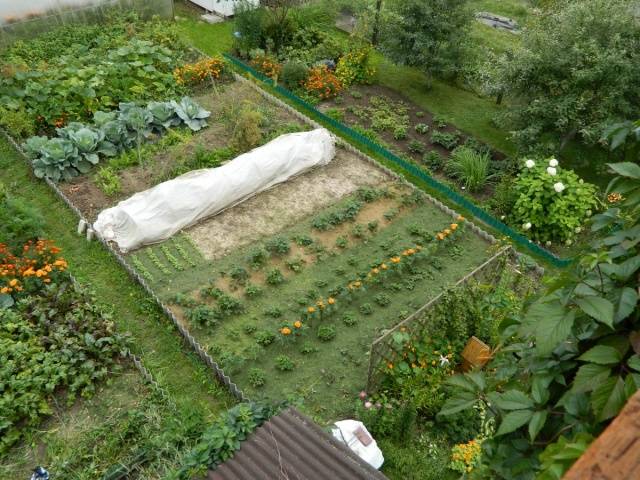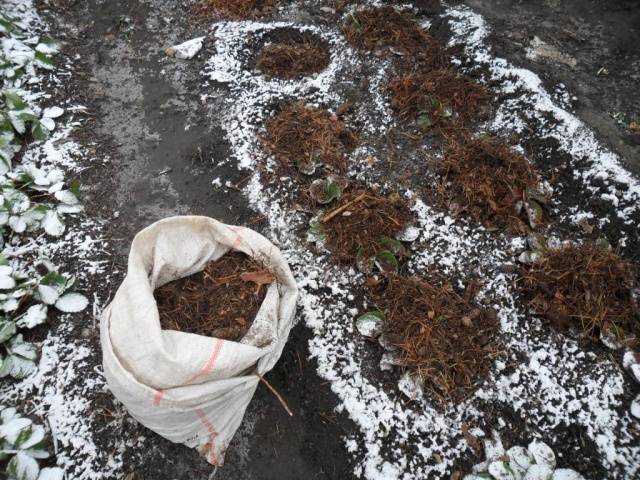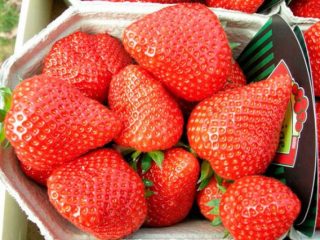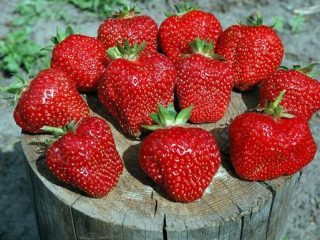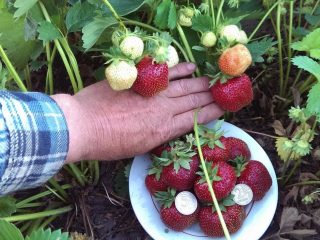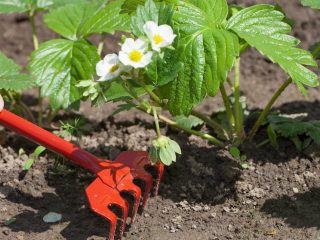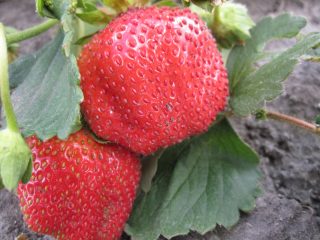Content
Among the garden leaders are aromatic and juicy strawberries. Both adults and children enjoy its taste. Thanks to the breeding of remontant varieties by breeders, it is possible to harvest several harvests of this useful berry in one season. However, stable fruiting depends on how to care for the bushes not only in spring and summer, but also in autumn.
Laying fruit buds and preparing the plant for winter takes place in the fall, after the harvest. Because how correct care for strawberries in the fall, the spring berry harvest will depend. Autumn work on the care of strawberry bushes includes pruning and cleaning old leaves, feeding, loosening and sheltering for the winter. In this article, we will take a closer look at each stage, and you can also watch the video accompanying the topic.
Pros and cons of pruning
After the fall harvest, it is time to prune old leaves. However, among summer residents and gardeners there is a lot of controversy about whether it is necessary to prune strawberry bushes.
Opponents of pruning argue that this activity deprives the bush of the process of photosynthesis. As a result, the plant is deprived of the proper nutrition that it receives from sunlight.
But supporters strawberry pruning argue that carrying out these manipulations is only beneficial, since the likelihood of the appearance of pathogenic bacteria and fungi in rusty leaves is minimized. If pruning is carried out at the end of August, then the bushes will have time to grow before the first frost and will successfully survive the winter.
If you are in doubt as to whether or not to prune the leaves, try pruning one garden bed and compare the strawberry yield for the next year. So, you will know for sure whether you need to cut diseased leaves or not.
How to prune
Some gardeners simply mow strawberries obliquely, but such events can really lead to the death of all bushes. A more meticulous approach should be taken to this matter.
Only old and rusty leaves need to be trimmed. This is done with sharp scissors, a knife or pruning shears. In this case, it is only necessary to cut off the leaf plate, leaving a whole stalk.
The cut leaves can be left near the bushes and used as mulch. However, since these leaves are diseased, it will be more expedient to remove and burn them. Depending on the region, pruning can be carried out at the end of August in cold climates or in the first half of September in warm climates. The main thing is that before the frost the strawberry and wild strawberry bushes have time to recover and acquire new foliage.
Loosening the soil
Care strawberries in autumn includes loosening the soil. Only this should be done in the first half of September, since digging can lead to slight damage to the root system, and it will need to have time to recover before the first frosts.
All manipulations must be carried out carefully and carefully. The row spacing can be dug with a shovel, and the soil near the bushes can be loosened with a rake with wide teeth. Then the bushes should be spud. So, you will cover the root system of the bushes, which will protect them from damage. In the process of loosening and hilling, they remove weeds.
Fertilization
After fruiting, the strawberry bushes are depleted, therefore, in order to obtain the next bountiful harvest, they need to be fed in the fall. This stage is included in the preparation of strawberries for winter.
Organic is used as a top dressing.It can be diluted mullein, fresh or granulated chicken droppings, humus. Organic fertilizers are diluted with water and poured under the bushes. Fertilize plants are needed in the evening, otherwise all the nutrients will simply evaporate in the sun.
Dilute organic matter in a ratio of 1:10, which prevents burns on strawberry bushes. In addition to organic matter, wood ash, potassium and nitrogen-containing fertilizers, superphosphates can serve as fertilizers.
Planting strawberries
Although preferable replant strawberry bushes in spring, this can be done in late summer or early autumn. Why exactly during this period of time? Before the first frost, strawberries planted in early autumn will have time to take root, making it easier to survive the winter.
However, with an autumn transplant, the yield of the plant decreases by 2-3 times, due to the fact that a sufficient number of fruit buds does not have time to form. On average, at least 40 days should pass from the moment of transplanting to frost. During this period, the bushes have time to take root and grow secondary roots.
Before replanting the bush, shorten the roots and remove the bulk of the leaves from it, leaving only a few pieces. It is best to transplant in the afternoon or evening. So, you can protect the taking root strawberry bushes from the sun, which can simply burn them. When transplanting, do not deepen the core of the strawberry bush, as this leads to its rotting.
Features of strawberry care in the northern regions
Repaired strawberries bear fruit several times during the warm season, so how to care for them should be written separately. Most often, varieties of remontant strawberries are grown in the North of Russia, including Siberia. True, they do this in closed ground, since due to the early onset of cold weather in the open ground, the bushes will not give a second harvest.
If you have an unheated greenhouse, then at the first frost on the beds, you should install additional greenhouses, after mulching the bushes with needles or hay. Since the weather in the northern regions is harsh, it would also be good to cover an additional greenhouse with straw. In April, the covering material can be removed.
Preparation for wintering bushes in the open field
In milder climates, you may not need to cover your strawberries so thoroughly before wintering. The best insulator for strawberries is snow. But we can not always observe snowy winters. And it happens that a strong wind, even in the presence of a large amount of snow, exposes the ground, as a result of which it freezes strongly.
To create comfortable conditions for the dormant period of strawberries, you need to cover the entire plantation or separately each bush with a covering material. This can be hay, fallen leaves or needles. Among other things, this will help you to stop the growth of weeds in early spring.
Now you know how to properly care for strawberries to get a good harvest next season. In addition, we suggest you watch a video about the features of caring for strawberry bushes:


